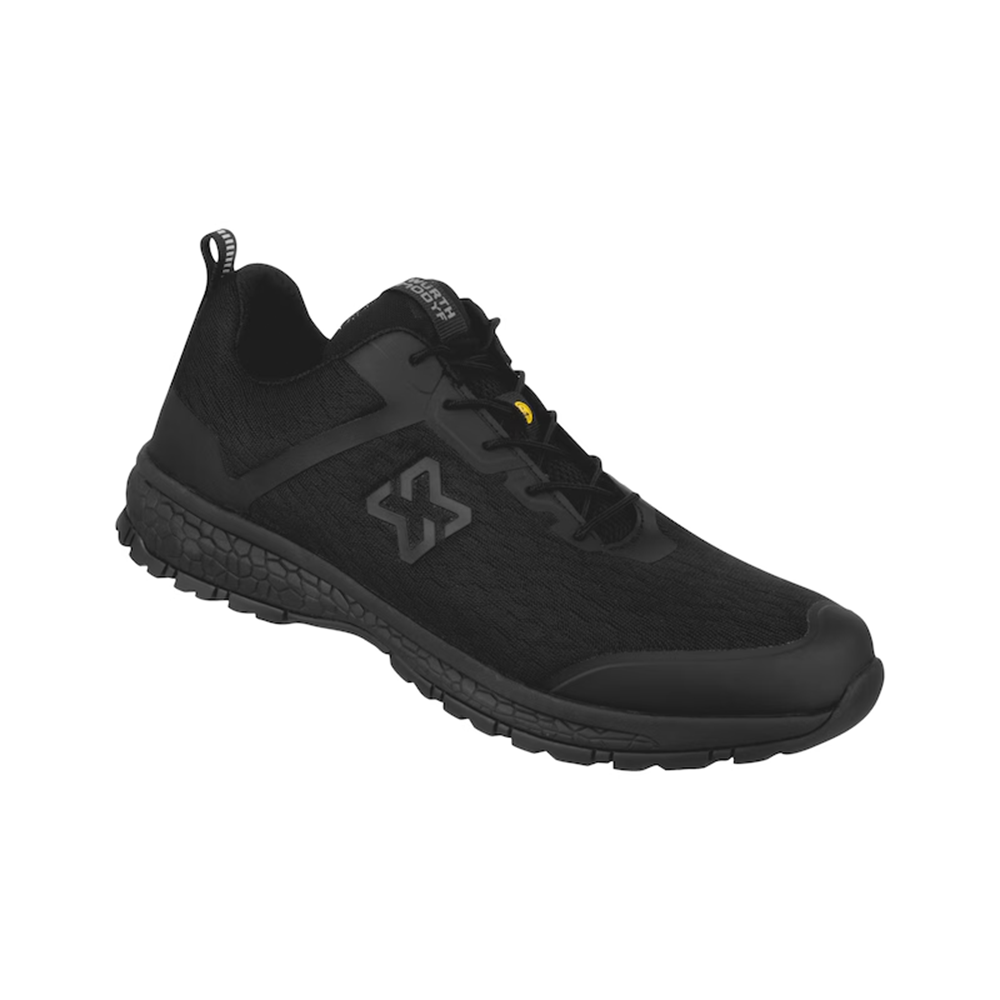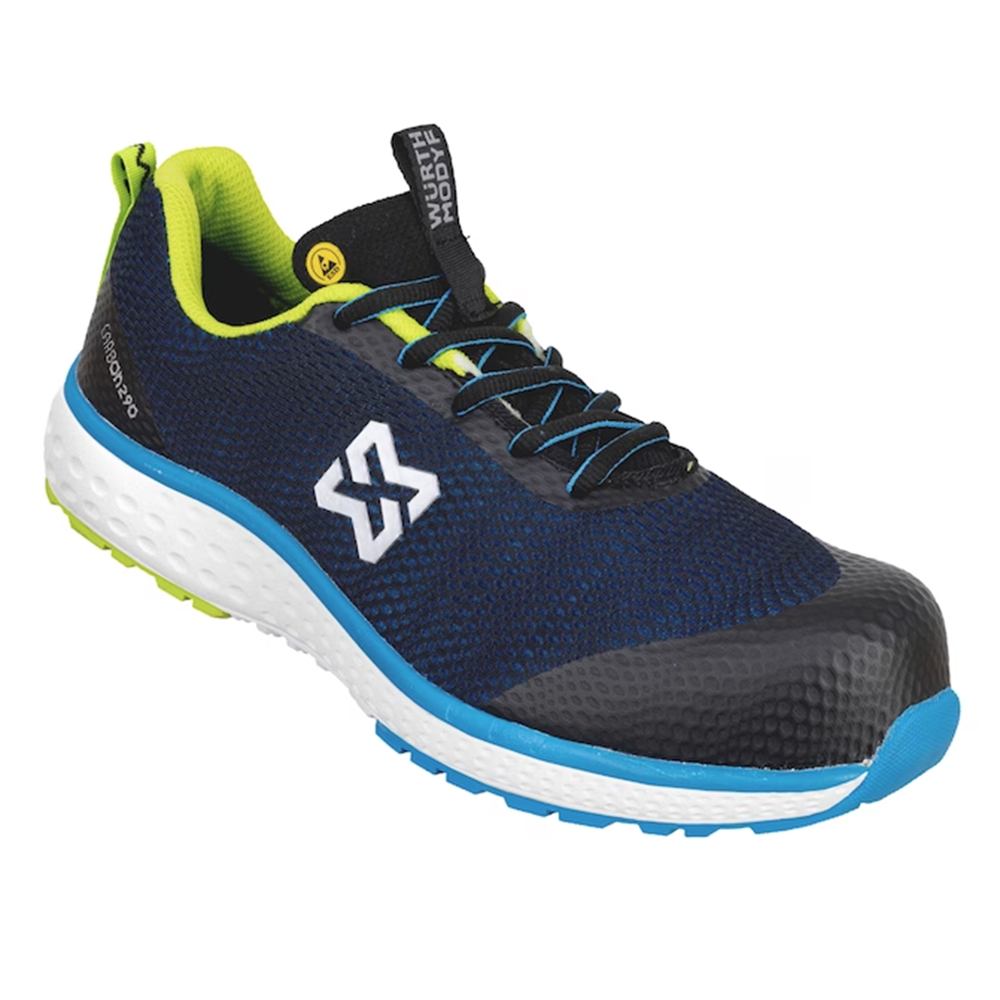
Τα καλύτερα παπούτσια εργασίας για ορθοστασία: Άνεση και υποστήριξη όλη μέρα
Η ορθοστασία για πολλές ώρες είναι μια από τις πιο κοινές προκλήσεις στον εργασιακό χώρο.

Keeping work attire clean and well-maintained is essential for both hygiene and professionalism. This guide delves into effective methods and best practices for washing various types of work clothing, ensuring they remain functional and presentable.
To achieve optimal cleanliness and longevity for your work clothes, consider the following expert recommendations:
Select a laundry service that specializes in heavy-duty fabrics and has the appropriate equipment for cleaning work attire. Facilities with industrial-grade machines can handle larger loads and tougher stains more effectively.
Always check the care labels on your garments. Different materials require specific washing techniques. Below is a helpful guide:
| Fabric Type | Recommended Washing Method |
| Cotton | Machine wash in warm water |
| Polyester | Machine wash in cold water |
| Denim | Machine wash in cold water, inside out |
| Wool | Hand wash or use a gentle cycle |
Before laundering, address any visible stains by applying a stain remover or a small amount of detergent directly to the affected area. Allow it to sit for a few minutes. For stubborn grease and oil stains, consider using specialized products like SPOT LESS for optimal results.
Utilize a heavy-duty detergent designed for tough stains. For heavily soiled items, consider washing them twice and performing a double rinse to ensure all detergent residues are eliminated.
Establish a consistent washing routine based on the level of dirt exposure. Depending on your work environment, you may need to wash your clothing after each use or at least once a week to maintain cleanliness and hygiene.
After washing, ensure that work clothes are thoroughly dried. Hang them in a well-ventilated area to prevent mildew and odors. Avoid overcrowding in your closet to allow for proper air circulation, which helps maintain freshness.
Regularly inspect your work attire for any signs of wear and tear. Address minor repairs, such as sewing loose seams or replacing buttons, promptly to prevent further damage and extend the life of your clothing.
In addition to the basic washing practices, there are advanced techniques that can further enhance the cleanliness and longevity of your work clothing.
Fabric softeners can help reduce static and make clothes feel softer. However, they may also reduce the moisture-wicking properties of certain fabrics. Use them sparingly and only on garments that benefit from added softness.
For specialized work attire, such as uniforms for medical or industrial settings, professional cleaning services may be necessary. These services often use advanced cleaning techniques and equipment that can effectively remove tough stains and sanitize garments.
Different seasons can affect how you care for your work clothes. Here are some seasonal tips:
| Season | Maintenance Tips |
| Spring | Wash and store winter gear; check for any repairs needed before summer. |
| Summer | Increase washing frequency due to sweat; consider lighter fabrics. |
| Fall | Prepare for colder weather; inspect and clean heavier garments. |
| Winter | Ensure winter clothing is clean and dry to prevent mildew; store properly. |
Understanding the advantages and disadvantages of various cleaning methods can help you choose the best approach for your work attire.
| Cleaning Method | Pros | Cons |
| Machine Washing | Convenient, effective for most fabrics, and can handle large loads. | May cause wear and tear on delicate fabrics; requires proper settings. |
| Hand Washing | Gentle on fabrics, ideal for delicate items. | Time-consuming and may not remove tough stains effectively. |
| Dry Cleaning | Effective for tough stains and delicate fabrics; professional results. | Can be expensive and may involve chemicals that some prefer to avoid. |
| Spot Cleaning | Quick and efficient for minor stains; preserves the rest of the garment. | Not suitable for overall cleaning; may not remove all stains. |
Maintaining clean and functional work attire is essential for both personal hygiene and professional appearance. By following the best practices outlined in this guide, you can ensure that your work clothes remain in excellent condition, ready to perform their duties effectively. Whether you choose to wash them at home or seek professional services, understanding the right techniques will help you make informed decisions that benefit both you and your work environment.

Η ορθοστασία για πολλές ώρες είναι μια από τις πιο κοινές προκλήσεις στον εργασιακό χώρο.

Στον σύγχρονο εργασιακό χώρο, η άνεση και η ασφάλεια πρέπει να συνδυάζονται αρμονικά. Ένας από